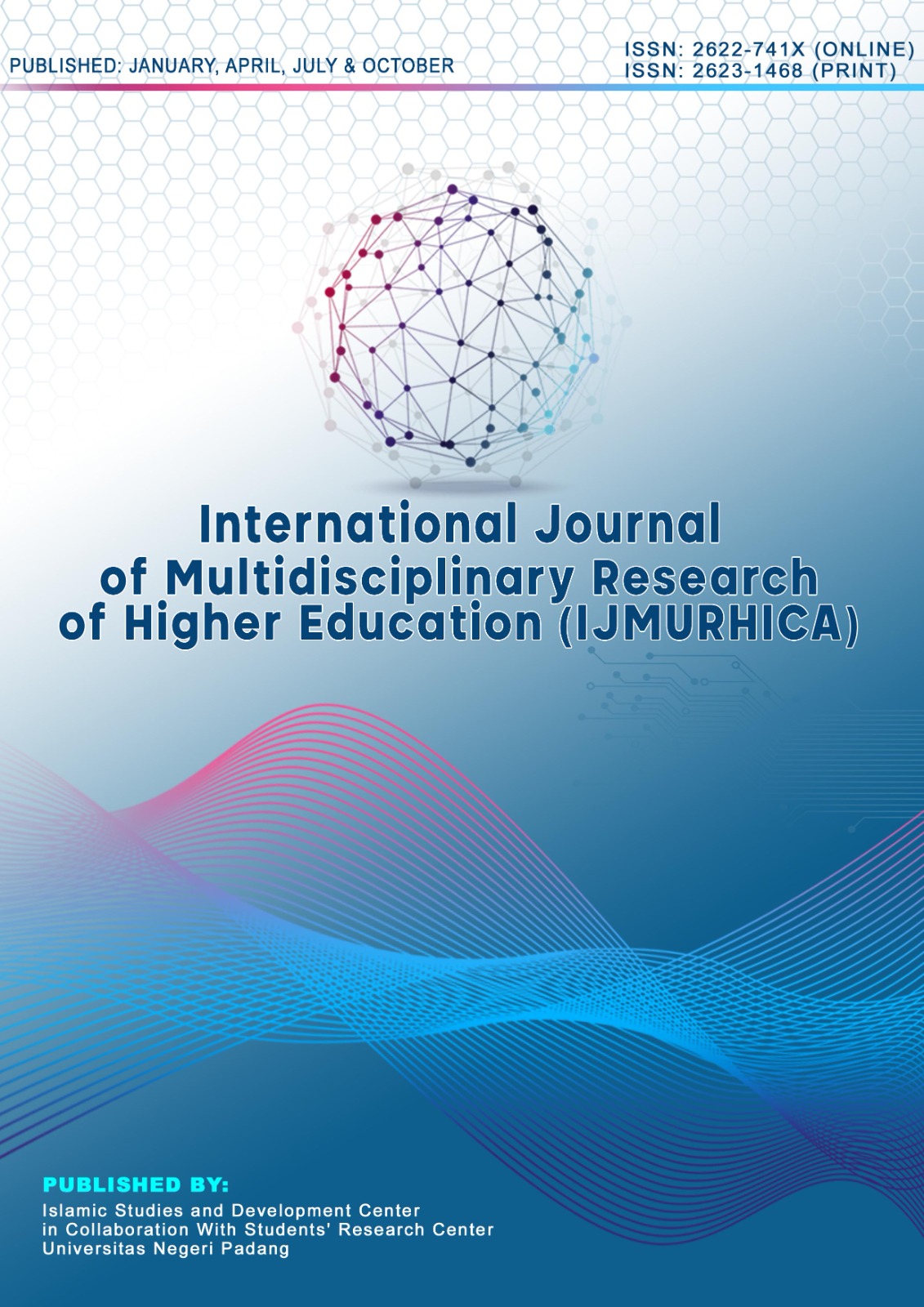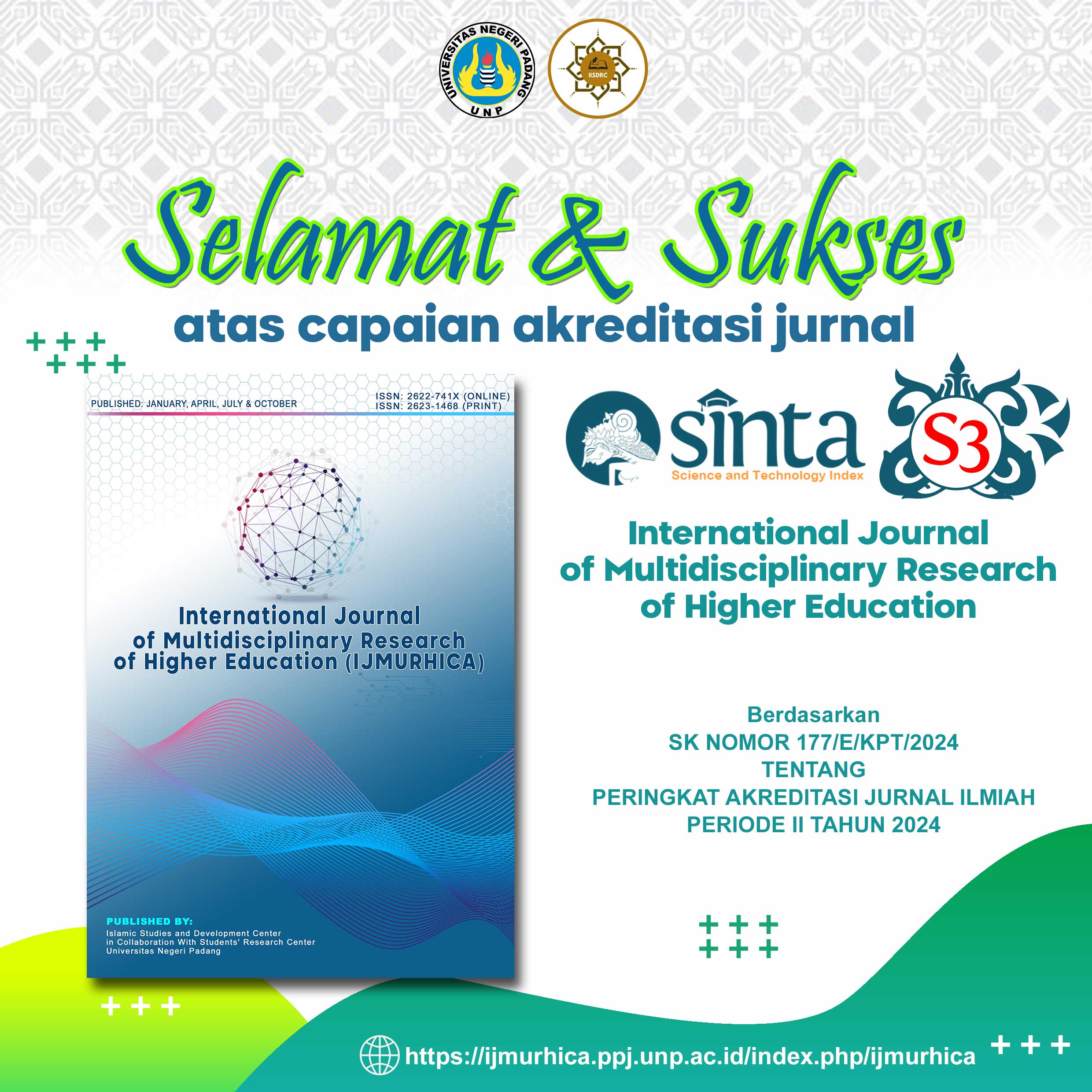Analysis of Leadership Styles in Islamic Education Institutions: Tracing the Typology and Practice in the Midst of Crisis and Global Trends
DOI:
https://doi.org/10.24036/ijmurhica.v8i3.301Keywords:
Educational leadership, authoritarian approach, participatory, transformation, global trendsAbstract
Educational leadership plays a strategic role in managing transformation amid the global crisis and changing trends. This study aims to analyze authoritarian and participatory approaches in educational leadership. The research approach used is qualitative with a case study type. The data collection technique used in-depth interviews with 23 informants, consisting of school principals, educators, student guardians, school committees and the community. All data were analyzed using Miles and Hubermen's interactive analysis technique. This study found that both authoritarian and participatory leadership styles were applied flexibly by the head of the Islamic education institution according to the situation at hand. In emergency conditions, the head of the institution uses an authoritarian approach by making quick decisions without broad consultation. Meanwhile, in more stable situations, the participatory approach is more dominant. The head of the institution involves teachers, staff and parents in decision-making, especially in curriculum planning and character-based education programs. The flexibility in applying these two leadership styles has proven effective in dealing with various challenges and dynamics, enabling the institution to adapt and achieve optimal educational performance.
Downloads
Downloads
Published
How to Cite
Issue
Section
License
Copyright (c) 2025 Nikmatul Hikmah, Siti Aimah

This work is licensed under a Creative Commons Attribution-ShareAlike 4.0 International License.






